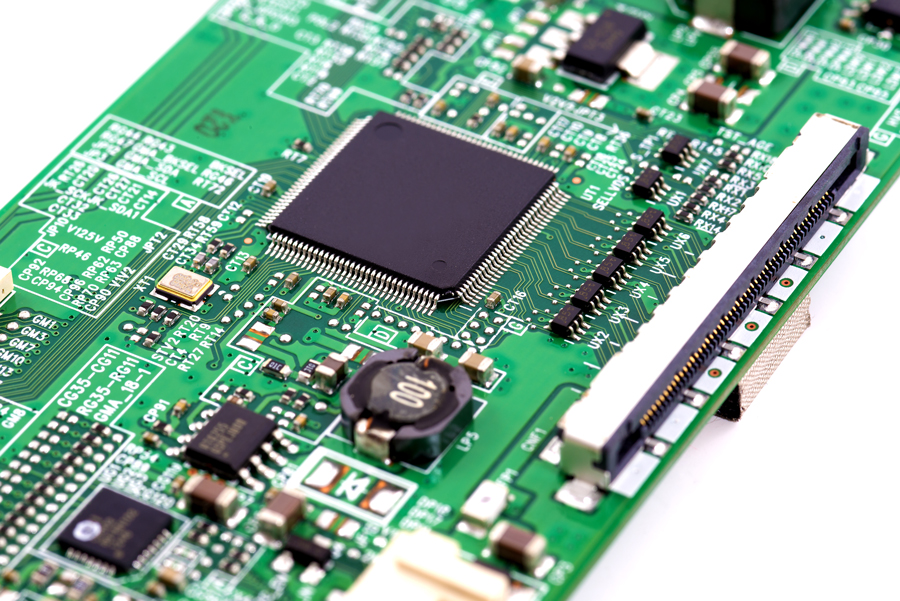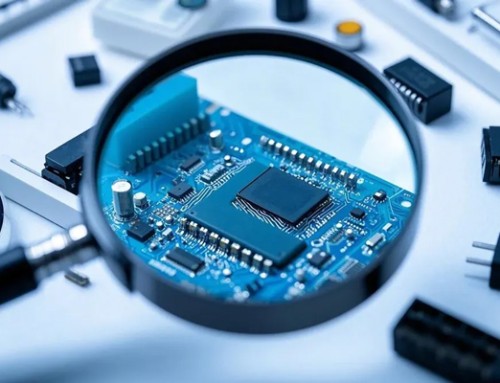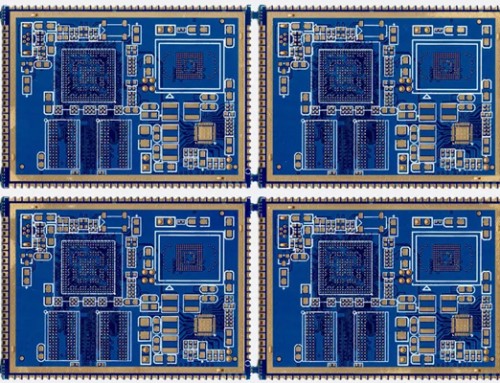When it comes to PCB assembly process, the importance of automated assembly is well known. After all it offers the much-needed speed and consistency that your manufacturing needs. Does this mean that manual assembly has no place in today’s era? Far from it! Let us look at the use cases for both, to help you decide which one is right for your manufacturing process of PCBA.
Importance of Automated Assembly
Clearly its importance comes from the fact it offers speed which makes go-to-market, that much easier. It can therefore be a big source of competitive advantage. The other major advantages that it offers include:
Low Cost
Professional PCB Assemblers use the circuit board assembly program before getting into actual production. In turn, this deduces both errors as well as the possibility of delay. It is also possible to correct any design errors in the interim. Overall, what this leads to is significantly lower costs.
Reduced chances of errors
The PCB assembly process requires great attention to detail. This is especially true on account of the circuit boards getting increasingly smaller. As opposed to manual assembly, an automated assembly significantly reduces the chances of errors. What this means is that you ger a reliable produce and do not have to content with costly errors when you are ready to send out the final product.
Consistent quality
The big advantage that automated assembly offers is that you can be assured of consistent quality. This clearly isn’t the case with manual assembly as there is human intervention involved.
Miniaturization
With Miniaturization, it is often not possible to assemble the components manually, necessitating automated assembly processes.
In addition to these general advantages of automated assembly, PCB Automated Assemblies, in particular benefit from the following facts:
Large components need automated solder reflow since it is difficult to manually soldering pins particularly that are hidden underneath.
QFPs are sensitive to co-planarity and are hard to manually solder.
Small components such as resistors and capacitors are hard to manually solder.
For boards where components are densely placed, consistency in manual soldering is always an issue.
Some of the automated systems used by manufacturers include:
Marking and labeling systems for component and PCBA identification.
Pick and place machines for placing parts on the board.
Soldering systems for placed parts
Automatic routing machines
In addition to the assembly systems, there are also automated testing systems that include:
Optical Inspection Systems
In-circuit test systems
Flying probe test systems
Functional testing systems
Importance of Manual Assembly
The advantages of the Manual Assembly system from:
When it comes to low-volume PCB assembly, manual assembly is both faster as well as economical. Particularly through-hole components work well with manual assembly when it comes to low volume runs.
Prototypes also benefit from manual assembly since you are looking at low volume runs as also unusual component placements.
Some components cannot be well inspected by way of automated optical inspection and need manual intervention to verify placements as well as to check for any soldering issues,
When it comes to surface mount connectors, once again manual inspection may be needed.
At times during the process of reflow, you could have small components floating up that require manual cleanups.
Manual processes also work well when you are looking for repairs and rework for existing PCBs.
Therefore, each of two methods offers its own set of advantages. There cannot be a one-size-fits all solution. So, while you will use automated assembly for its speed, consistency, lower costs, and more, there are enough and occasions where manual intervention will be required. What is required is that your partner with an manufacturer who has the requisite automated assembly equipment as also a skilled team; so that you can use the right method given your bespoke requirements. Next-generation equipment as also experienced manpower that is equipped with industry best practices can make a lot of difference when it comes to producing high-quality PCBs.




